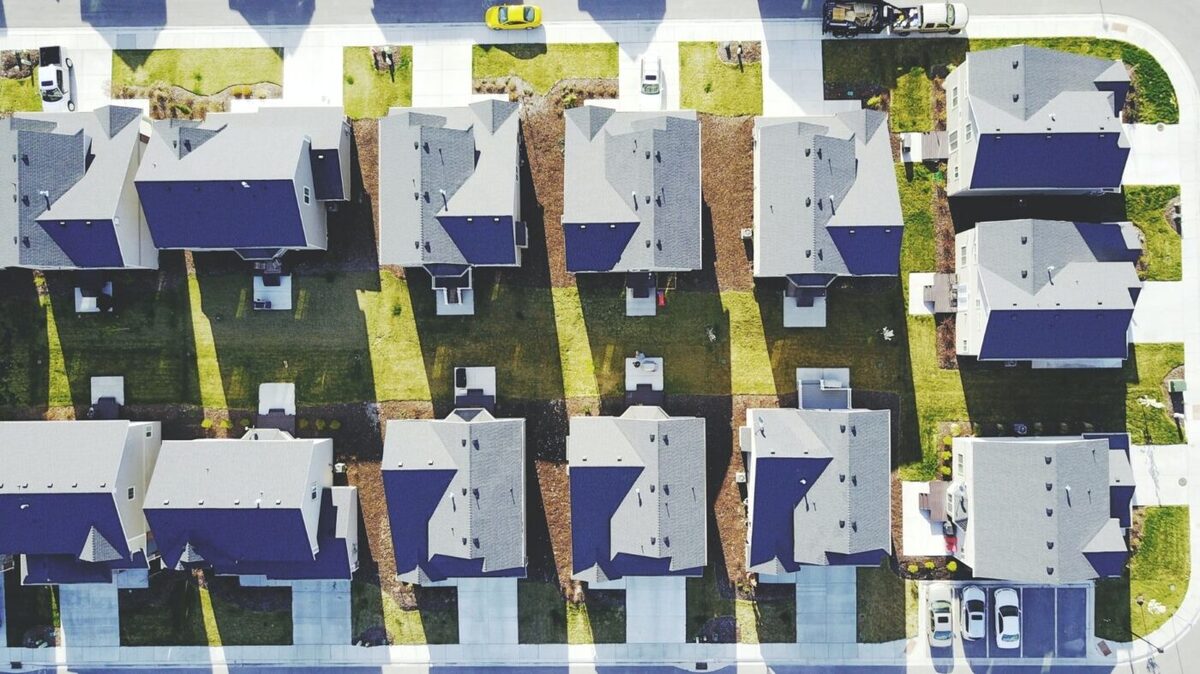Home prices rise in opportunity zones in the third quarter of 2020
Median home prices increased in 74 percent of opportunity zones year over year, and rose by more than 10 percent in more than half of these zones, according to Attom Data Solution’s third quarter opportunity zones report.
Qualified opportunity zones were established by Congress in the Tax Cuts and Jobs Act of 2017. For this report, Attom analyzed 1,737 opportunity zones that had at least five home sales during the third quarter of 2020.
The report reveals that opportunity zones, like the housing market at large, experienced a strong quarter, which yielded price growth. However, those gains still fell below the pace of broader metro areas across the U.S., about 75 percent of which saw prices increase by more than 10 percent year over year.
Furthermore, 76 percent of opportunity zones analyzed had median home prices during Q3 2020 that were less than the national median of $283,813, keeping pace with the number of opportunity zones below the national median during the second quarter. The number of opportunity zones with homes that had median prices below $150,000 also stayed consistent from the second to the third quarter at about 36 percent.
“Home prices in opportunity zones around the country continued rising in the third quarter of 2020, riding the wave of a nationwide boom that has defied the economic damage from the widespread coronavirus pandemic,” Todd Teta, chief product officer with Attom Data Solutions, said in a statement.
“The increases point toward signs that some of the country’s most distressed communities have great potential for revival. At the same time, though, prices remain depressed in opportunity zones, and a notable number actually dropped in the third quarter — a potentially very troubling indicator,” Teta added. “Those dueling trends will be important to watch over the coming months amid a highly uncertain economic outlook.”
In metropolitan statistical areas with sufficient analyzable data, 89 percent of opportunity zones had median third-quarter sales prices that were less than the median sales prices for the surrounding metro areas. Twenty-nine percent of opportunity zones had median sales prices that were less than half the median price for the surrounding metro area. Just 11 percent of opportunity zones had median sales prices equal to or above the median sales prices of the broader metro area.
States with the largest percentage of opportunity zones that saw annual median sales price increases in the third quarter were:
- Washington median prices rose in 88% of zones
- Missouri 88%
- Arizona 86%
- Ohio 83%
- Rhode Island 82%
The Midwest had the highest portion of opportunity zones with a median home price of less than $150,000 at 58 percent, followed by the South at 48 percent, the Northeast at 41 percent) and the West at 8 percent.
Qualified opportunity zones were established by Congress in the Tax Cuts and Jobs Act of 2017. For this report, Attom analyzed 1,737 opportunity zones that had at least five home sales during the third quarter of 2020.
The report reveals that opportunity zones, like the housing market at large, experienced a strong quarter, which yielded price growth. However, those gains still fell below the pace of broader metro areas across the U.S., about 75 percent of which saw prices increase by more than 10 percent year over year.
Furthermore, 76 percent of opportunity zones analyzed had median home prices during Q3 2020 that were less than the national median of $283,813, keeping pace with the number of opportunity zones below the national median during the second quarter. The number of opportunity zones with homes that had median prices below $150,000 also stayed consistent from the second to the third quarter at about 36 percent.
“Home prices in opportunity zones around the country continued rising in the third quarter of 2020, riding the wave of a nationwide boom that has defied the economic damage from the widespread coronavirus pandemic,” Todd Teta, chief product officer with Attom Data Solutions, said in a statement.
“The increases point toward signs that some of the country’s most distressed communities have great potential for revival. At the same time, though, prices remain depressed in opportunity zones, and a notable number actually dropped in the third quarter — a potentially very troubling indicator,” Teta added. “Those dueling trends will be important to watch over the coming months amid a highly uncertain economic outlook.”
In metropolitan statistical areas with sufficient analyzable data, 89 percent of opportunity zones had median third-quarter sales prices that were less than the median sales prices for the surrounding metro areas. Twenty-nine percent of opportunity zones had median sales prices that were less than half the median price for the surrounding metro area. Just 11 percent of opportunity zones had median sales prices equal to or above the median sales prices of the broader metro area.
States with the largest percentage of opportunity zones that saw annual median sales price increases in the third quarter were:
- Washington median prices rose in 88% of zones
- Missouri 88%
- Arizona 86%
- Ohio 83%
- Rhode Island 82%
The Midwest had the highest portion of opportunity zones with a median home price of less than $150,000 at 58 percent, followed by the South at 48 percent, the Northeast at 41 percent) and the West at 8 percent.


 Menu
Menu




